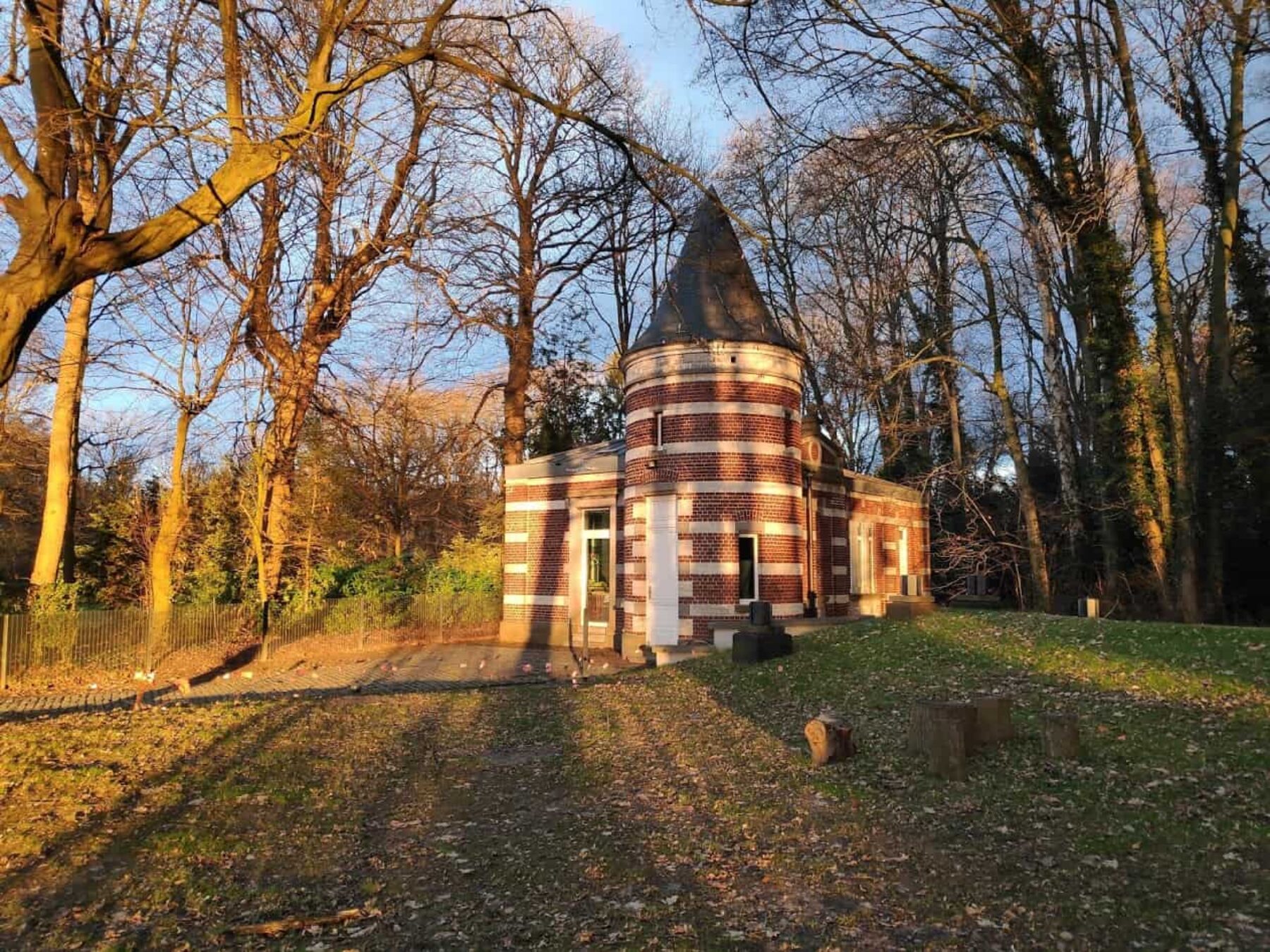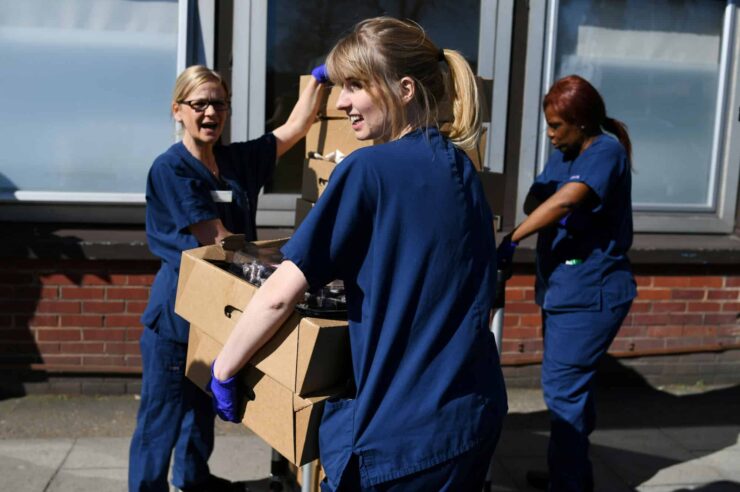The lockdown has significantly reduced human activity, which is good news for the seismologists studying our planet
The sudden reduction in human activity, including transport, construction works and industrial machinery, due to Covid-19 lockdowns has caused a significant drop in what geoscientists call ‘background seismic noise’ – the vibrations of energy in the Earth’s crust. This allows scientists to build a more detailed picture of how the Earth’s crust works.
Seismologist Thomas Lecocq, from the Royal Observatory of Belgium in Brussels, found that vibrations in the planet’s crust have decreased by between one third and one half since Belgium went into total lockdown on 18 March.
“The shift was almost immediate – at midnight on the first day of full lockdown, seismic noise was noticeably reduced and by midday the next day it decreased after the final big rush for supermarket shopping,” Lecocq said.
The lockdown has brought an opportunity for Lecocq and other geoscientists to more easily detect smaller earthquakes, aftershocks and more subtle differences in volcanic activity. “This is normally only ever experienced at this magnitude when transport around the city suddenly stops due to snowfall or briefly around Christmas.”
Lecocq is currently collaborating with more than 30 geoscientists around the world, from LA and New York to Mexico and Japan, to write a paper about the effects of reduced seismic noise on geoscientific data collection.
“Worldwide, this lowering of environmental pollution in terms of noise vibrations will result in a much clearer signature of the earth’s real seismic activity and seismologists are seeing the same pattern elsewhere in the world, plus citizen seismology networks show similar results,” he said.
Similar patterns have been noticed in the UK. Paula Koelemeijer, a seismologist at Royal Holloway, University of London, has noticed a significant reduction in seismic noise using a small citizen-science seismology device called a Raspberry Shake, which she has installed in her London living room.
We can use this time to improve our images of the earth’s interior
“Since full government lockdown on 23 March, we’ve seen an overall 20 per cent reduction in background seismic activity,” she told Positive News. “While busy cities are much quieter, this is a good chance to estimate background seismic activity; data will be more accurate with this lower signal to noise ratio.”
For Koelemeijer, this insight is a silver lining of the Covid-19 pandemic: “We can use this crucial time to collect more data of higher quality and improve our images of the earth’s interior and crust through seismic tomography – that is always useful.”
Meanwhile Brian Baptie, a seismologist at the British Geological Survey in Edinburgh, has looked at the data from seismic stations around the UK: “We do see an effect [of reduction in seismic noise] which in theory means we should be able to detect more earthquakes in the UK, in Europe and all around the world.”
Main image: The pavilon of seismology at the Royal Observatory of Belgium, courtesy of Thomas Lecocq





